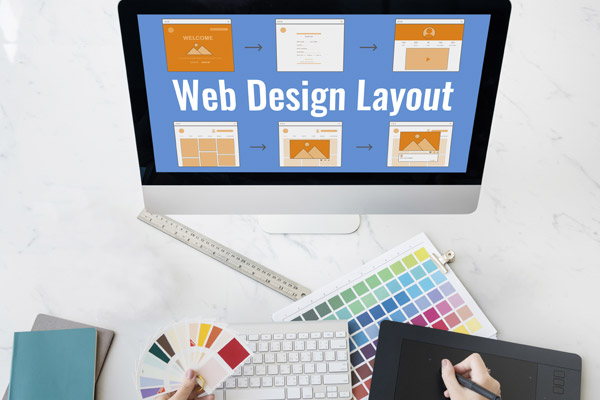
Introduction:
In the digital realm, a website is the first point of contact between a business and its potential customers. A well-designed website layout is crucial in creating a positive first impression, enhancing user experience, and ultimately driving conversions. This blog post delves into the intricacies of website layout, discussing its importance, key elements, and best practices for creating an effective and user-friendly design.
Importance of Website Layout:
The layout of a website is more than just aesthetics; it’s about functionality and user experience. A well-structured layout helps users navigate the site with ease, find the information they need, and take desired actions, such as making a purchase or signing up for a newsletter. A poorly designed layout, on the other hand, can frustrate users and drive them away, leading to lost opportunities and decreased sales.
Key Elements of Website Layout:
- Visual Hierarchy: This refers to the arrangement and presentation of elements in a way that indicates their importance. It guides the users’ eyes to the most critical parts of your website first.
- Navigation Menus: A clear and intuitive navigation menu allows users to find what they’re looking for quickly, improving their overall experience on your site.
- Call-to-Action (CTA) Buttons: These are crucial for guiding users towards desired actions. They should be prominent and compelling, encouraging users to click.
Types of Website Layouts:
- Grid-Based Layouts: These layouts use a series of rows and columns to organize content, providing a clean and structured look. They’re ideal for sites with a lot of content.
- Fixed Layouts: In a fixed layout, the width of the website remains the same regardless of the screen size. While this design offers consistency, it may not provide the best user experience on all devices.
- Responsive Layouts: Responsive layouts adjust to the screen size, providing an optimal viewing experience across different devices. This is a must-have in today’s mobile-first world.
Case Studies:
To illustrate the importance of a well-designed website layout, let’s look at a few case studies.
Conclusion:
Designing an effective website layout is both an art and a science. It requires a deep understanding of user behavior, design principles, and the latest trends. By focusing on visual hierarchy, intuitive navigation, compelling CTAs, and choosing the right type of layout, you can create a website that not only looks good but also performs well, maximizing engagement and conversion rates.
Remember, your website is the digital face of your business. Make it count by investing in a well-thought-out and user-friendly layout.



